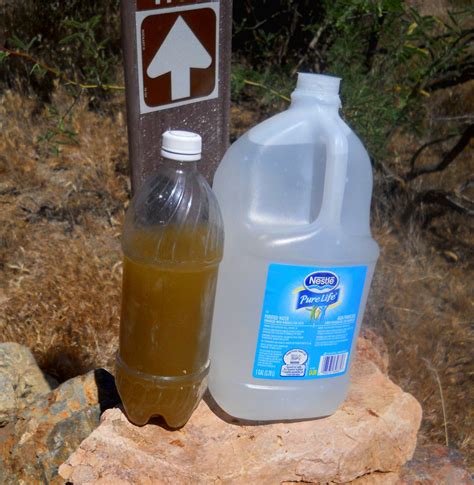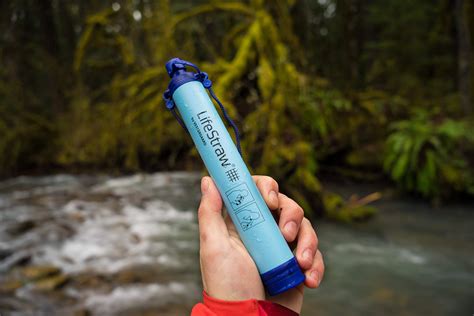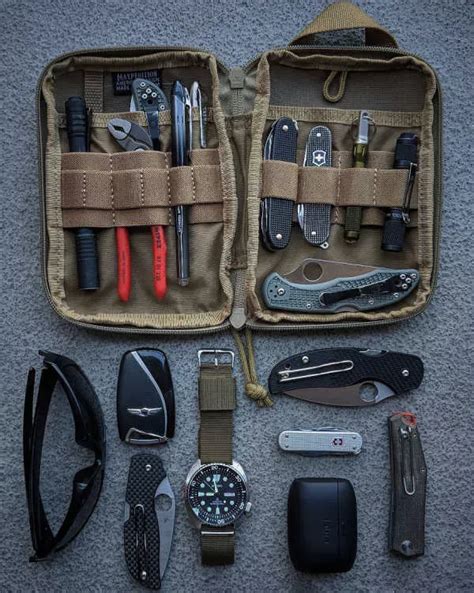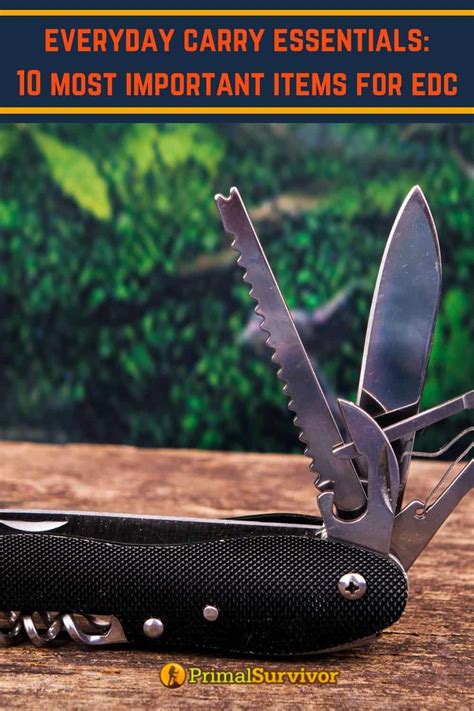When venturing into the backcountry, reliable access to safe drinking water is not just a convenience, it’s a critical safety concern. Untreated water sources, even those that look pristine, can harbor a cocktail of harmful microorganisms that lead to debilitating illnesses. The choice between a water filter and a water purifier is a fundamental decision that can significantly impact your health and the success of your trip. Understanding their differences and when to use each is paramount for any responsible outdoor enthusiast.

Understanding the Basics: Filter vs. Purifier
While often used interchangeably, water filters and purifiers perform distinct functions and offer different levels of protection:
- Water Filters: These devices work by physically straining out larger contaminants from water. Most backcountry filters utilize a micro-porous membrane (often hollow fiber or ceramic) with a pore size small enough to block bacteria (e.g., E. coli, Salmonella) and protozoa (e.g., Giardia, Cryptosporidium). They are excellent at removing sediment and improving the taste and clarity of water.
- Water Purifiers: Purifiers go a step further. In addition to filtering out bacteria and protozoa, they also eliminate or inactivate viruses (e.g., Norovirus, Hepatitis A). Viruses are significantly smaller than bacteria and protozoa, making physical filtration alone insufficient. Purifiers typically achieve this through chemical treatment (e.g., iodine, chlorine dioxide) or ultraviolet (UV) light.
Water Filters: Pros and Cons for Backcountry
Filters are a popular choice for their efficiency and ease of use in many backcountry scenarios.
Pros:
- Speed and Convenience: Many filters offer quick flow rates, allowing for rapid hydration.
- Removes Sediment: Improves the clarity and taste of water, making it more palatable.
- Effective Against Common Threats: Highly effective against bacteria and protozoa, which are the most common waterborne threats in North American wilderness.
- No Chemicals/Batteries: Most pump or squeeze filters operate manually, requiring no chemicals or power source.
Cons:
- No Viral Protection: The primary drawback is their inability to remove viruses, which are a concern in certain regions or when water sources are heavily contaminated by human waste.
- Can Clog: Filters can become clogged by silty or cloudy water, reducing flow rate and requiring backflushing or cleaning.
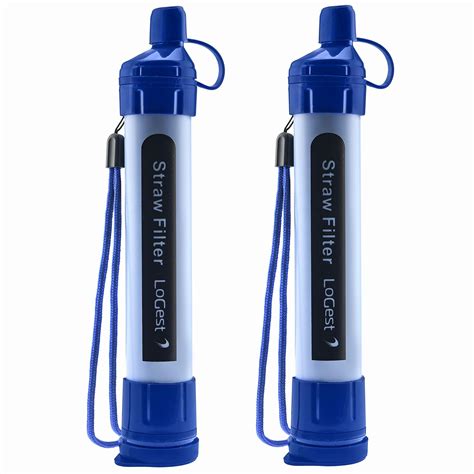
Water Purifiers: When to Choose More Protection
Purifiers offer an elevated level of safety, essential for higher-risk environments.
Pros:
- Complete Protection: Provides the highest level of protection by eliminating or inactivating bacteria, protozoa, and viruses.
- Peace of Mind: Crucial when traveling internationally, in highly populated areas, or where water sources may be contaminated by human or animal waste.
- Compact Options: Chemical treatments are extremely lightweight and compact.
Cons:
- Slower Treatment: Chemical treatments require wait times (e.g., 30 minutes to 4 hours) to be effective.
- Taste Alteration: Chemical purifiers can impart an unpleasant taste to water.
- Requires Batteries/Chemicals: UV purifiers need batteries, and chemical purifiers require a supply of tablets or drops.
- Initial Filtration Needed: UV purifiers and some chemical treatments are less effective in cloudy water, often requiring pre-filtration.
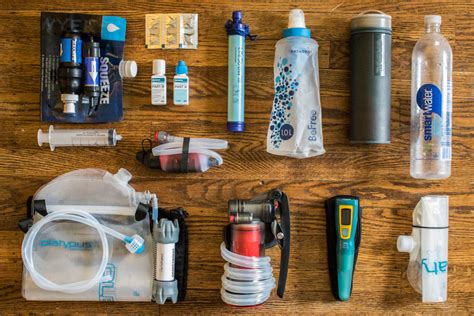
Key Considerations for Your Trip
Your choice should be tailored to the specific demands of your adventure:
- Location: For most wilderness areas in the U.S. and Canada, where viral contamination is rare, a reliable filter is usually sufficient. For international travel, highly trafficked areas, or places with questionable sanitation, a purifier is a non-negotiable.
- Water Source Quality: If you anticipate drawing water from clear, cold mountain streams, a filter often suffices. If your sources are murky rivers or standing water, pre-filtering with a bandana or cloth is advisable, and a purifier might be safer.
- Group Size and Duration: For larger groups or longer trips, flow rate and treatment capacity become more important. Pump filters or gravity filters might be more practical.
- Weight and Pack Space: Chemical treatments are the lightest option, while some purifiers or filter-purifier combos can add more bulk.
- Ease of Use: Consider how simple and quick the system is to operate, especially when you’re tired or in low light.

Hybrid Solutions and Advanced Options
For ultimate peace of mind or for trips where conditions might vary, many backpackers opt for a multi-pronged approach:
- Filter + Chemical Treatment: This is a popular and robust strategy. Use a filter to remove sediment, bacteria, and protozoa, then add chemical tablets or drops for viral protection. This provides comprehensive coverage without a single heavy, complex device.
- Integrated Filter-Purifiers: Some modern devices combine filtration with chemical or UV purification into a single unit, offering convenience but often at a higher cost and weight.
Making Your Decision: Safety First
Ultimately, the choice between a water filter and a purifier boils down to risk assessment. Err on the side of caution. If there’s any doubt about potential viral contamination, a purifier is the safer bet. For typical backcountry travel in well-managed wilderness areas of North America, a quality water filter is usually adequate and a staple in most backpackers’ kits.
Always carry a backup method of water treatment, such as a small bottle of purification tablets, just in case your primary system fails or gets lost. Safe hydration is non-negotiable for a successful and enjoyable backcountry experience.
